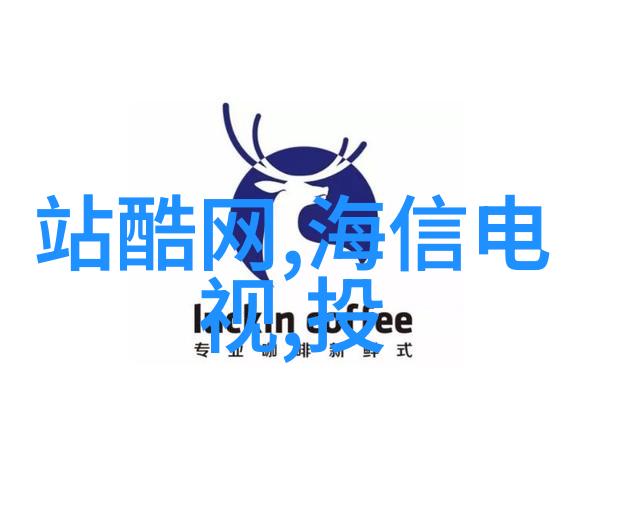
液晶电视的多样化从平板到曲面屏幕的演变
平板液晶电视

平板液晶电视是最为常见的一种类型,它们通常采用的是直角边框设计,尺寸可供选择,从小型用于卧室或书房,到大型作为家庭影院系统的核心。这些电视在技术上支持高清、4K甚至8K分辨率播放,使得观看体验更加生动。它们通常配备有智能操作系统,如Android TV、SmartCast等,这些系统允许用户通过语音控制或手势交互来浏览和选择内容。此外,许多平板液晶电视还支持HDR(高动态范围)技术,为观众提供更丰富的色彩和对比度。
曲面液晶电视

曲面设计不仅限于手机和电脑屏幕,在TV领域也逐渐成为新趋势。这种设计可以提供更宽广视野,让观众感受电影院级别的大气感受。曲面LCD屏幕能够减少光线反射,从而提高画面的清晰度,同时其独特的造型往往也是家居装饰中的亮点。这类产品往往搭载先进的人工智能助手,可以根据用户习惯自主学习推荐内容,并且由于其特殊形状,它们在空间布局上较为灵活,可以挂置于墙上或者放在桌子上。
弹性壁纸式液晶显示器

弹性壁纸式显示器是一种创新性的产品,它将传统固定的显示设备转变成了柔软易悬挂的物品。在家中,这样的TV可以贴在墙上,也可以轻松地随意调整位置,比如放置在床头或沙发旁边。这类产品适合那些需要频繁移动房间布局或者生活空间有限的人群,因为它们非常轻便且不会占用太多空间。此外,由于它是弹性的,所以即使被撞击也不会造成严重损坏,这对于家庭环境来说是一个巨大的优势。
触控式智能液晶电视

触控式智能TV以其独特的手势操作方式吸引了很多消费者的注意力。当你想要调节音量、切换频道还是返回主菜单时,只需轻触屏幕上的相应图标即可完成操作,无需再依赖遥控器这项功能极大地提升了使用体验尤其是在没有遥控器的情况下。而且,由于触摸界面本身就是一个输入设备,所以理论上并不需要额外安装任何附件或软件,只要有一个简单直接的人机交互,就能实现复杂任务。
环境适应性专用硬件集成摄像头与声学系统组合电视频道接收端口Liquid Crystal Display (LCD) monitors, also known as Liquid Crystal Displays (LCDs), are a type of flat-panel display that uses liquid crystals to block or allow light to pass through an array of pixels on the screen, creating images and text for the viewer.

In recent years, there has been a growing trend towards environmental sustainability in the technology industry, with companies such as Samsung and LG developing new products that are designed with energy efficiency in mind.
One such product is the "smart" television set, which features advanced technologies like voice control and gesture recognition that allow viewers to interact with their TVs without using traditional remote controls.
Another example is the use of LED backlighting in LCD screens, which can help reduce power consumption by up to 30% compared to older CRT televisions.
These advancements not only improve viewing experiences but also contribute significantly towards reducing carbon footprint and promoting eco-friendly practices among consumers.
Thus we see how liquid crystal displays have evolved over time from simple monochrome devices into sophisticated color displays capable of supporting multiple video formats while maintaining energy efficiency standards.
The future holds much promise for these versatile devices as they continue to adapt and evolve alongside technological advancements.



